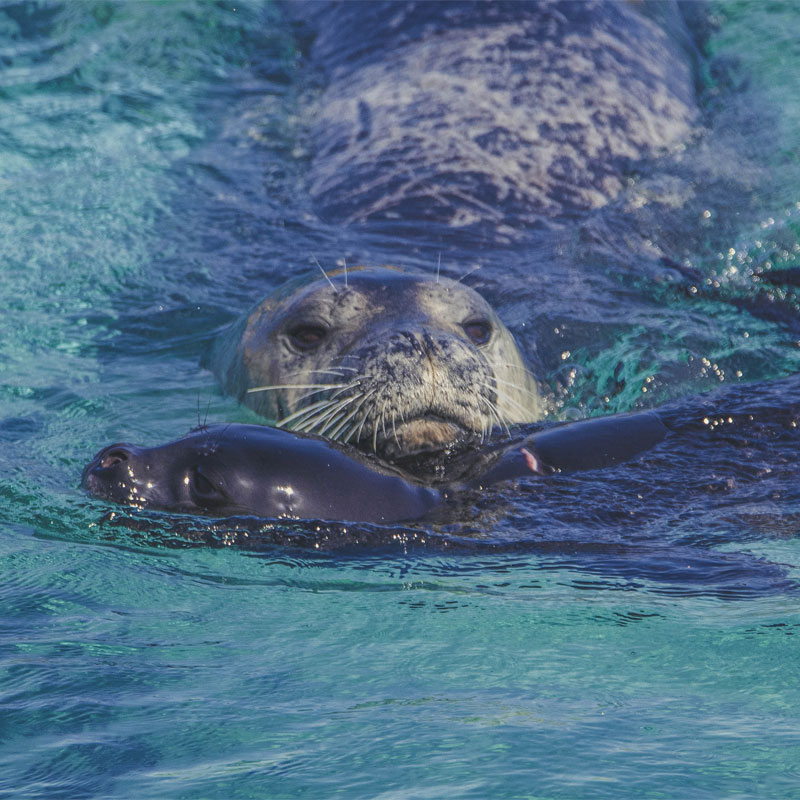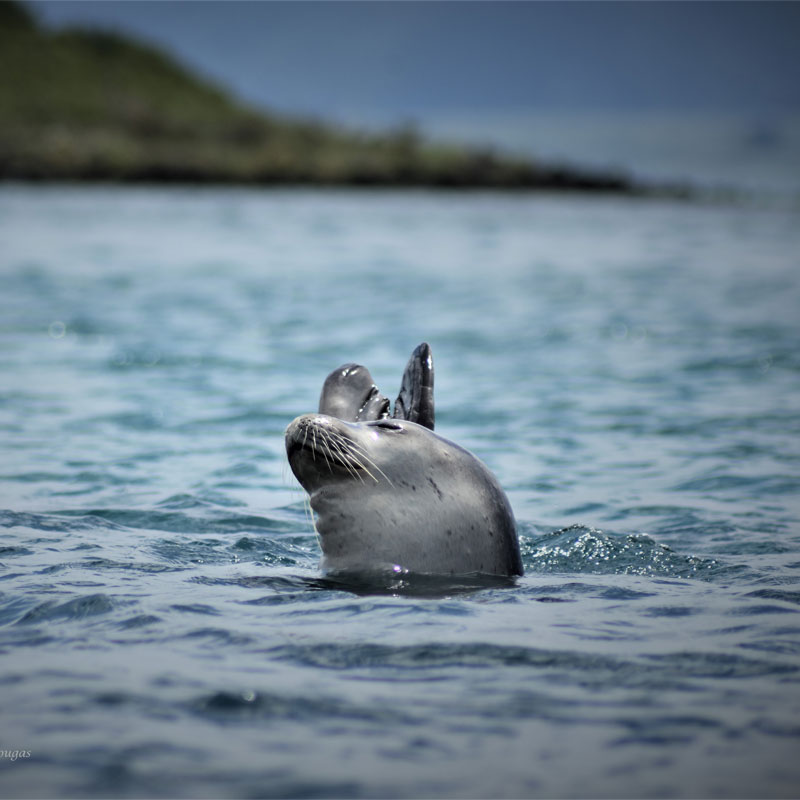THREATS
In order to safeguard the future of Monachus monachus in the Eastern Adriatic Sea, the threats facing the species must be identified and evaluated so that appropriate mitigation and conservation measures can be implemented. A consensus of expert opinion holds that the following factors (often inter-related) are the main threats to Mediterranean monk seals:
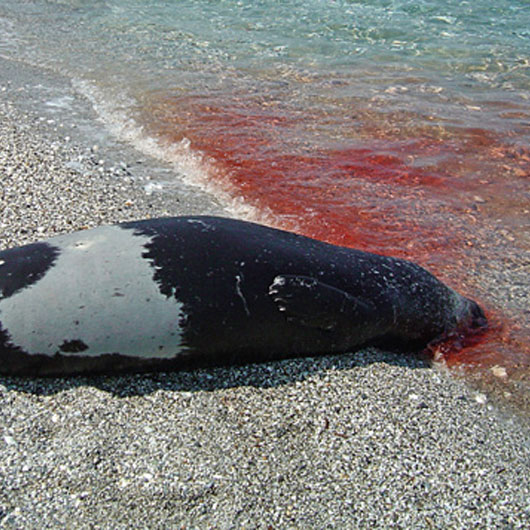
DELIBERATE KILLING
According to data from necropsies performed over the past 25 years in Greece, deliberate killing is the most frequent cause of death for Mediterranean monk seals. Deliberate killing may account for more than 50% of recorded deaths for adults.
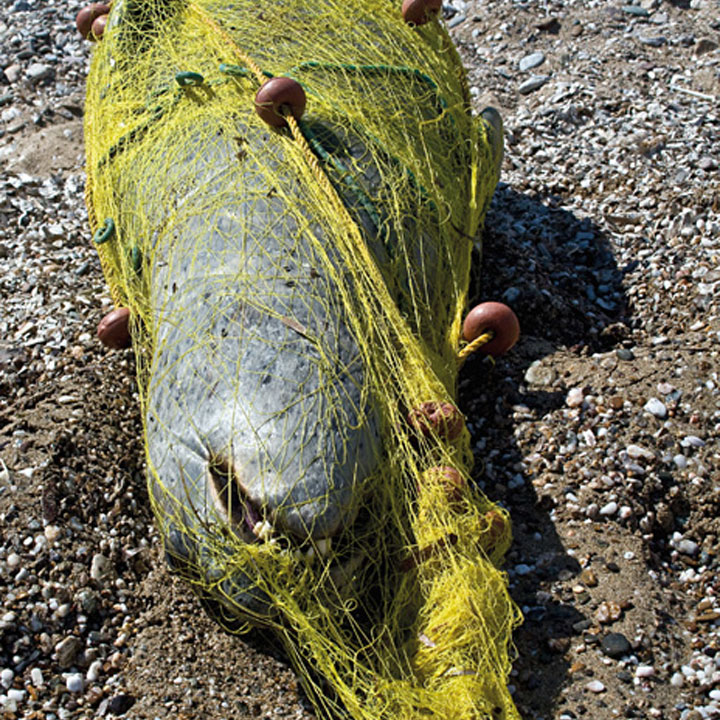
ACCIDENTAL DROWNING
Drowning from accidental entanglement in fishing gear is a serious threat for the Mediterranean monk seal. Seals usually get entangled in static gear used by coastal fisheries. Accidental drowning may account for more than 46% of recorded deaths for sub-adult monk seals.
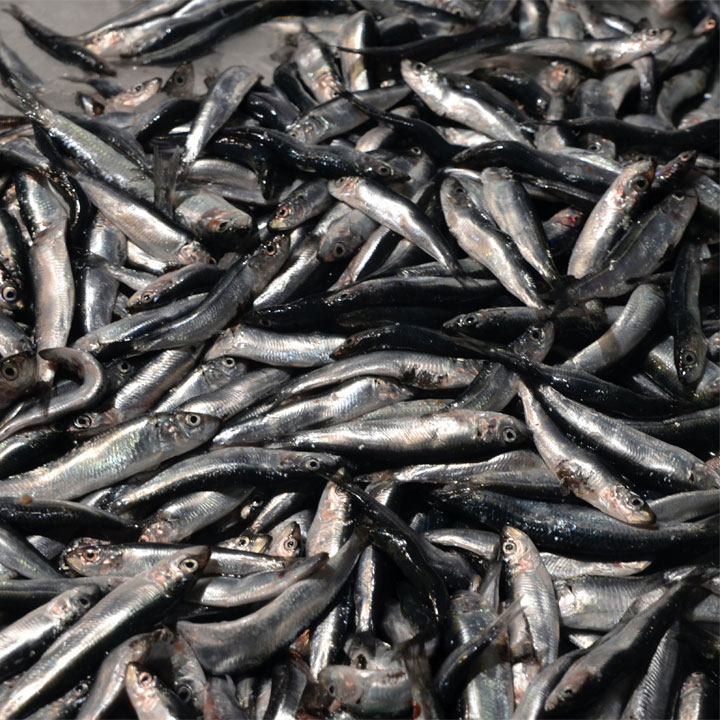
HUMAN OVERFISHING
Human overfishing may pose a serious threat to the survival of monk seals since overexploitation of marine resources can lead to food scarcity, which in turn can negatively affect reproduction rates, pup and juvenile survival rates, and ultimately the viability of the entire population.

POLLUTION
According to recent scientific information, the increased pollution levels found in Mediterranean monk seal tissues from Greece might pose a significant threat to the survival of the species.
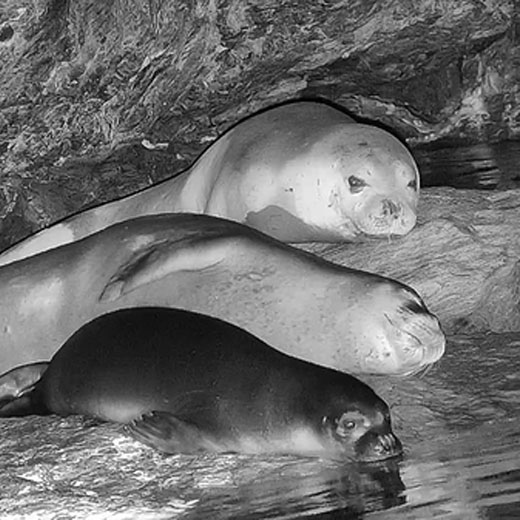
HABITAT DEGRADATION & DESTRUCTION
As with all other seals, monk seals also haul out on land in order to rest, but most importantly to give birth to, and care for, their young. The preferred terrestrial habitat used by monk seals are well-protected marine caves found along remote and inaccessible stretches of coastline. Suitable caves have one or more above-surface or underwater entrances that lead to a main resting area with a beach or a flat, rocky surface. According to the information currently available, monk seals in Greece use the caves mainly at night, and cave usage increases significantly during the pupping season and in the winter. During the first months of their lives, young monk seal pups spend a lot of time on the beach or in the water inside the cave. Monk seal survival seems to be very dependent on the existence of suitable pupping caves.

NATURAL EVENTS
Mass die-off events caused by a virus or a biotoxin, such as the one that have been implicated in the mass die-off of monk seals at the Cabo Blanco region in 1997 are a chronic risk that threatens the survival of the Mediterranean monk seal in Greece, especially since the population level is so low. One mass die-off from a disease outbreak, biotoxin or extreme weather event could have a devastating impact on the remaining seals.

